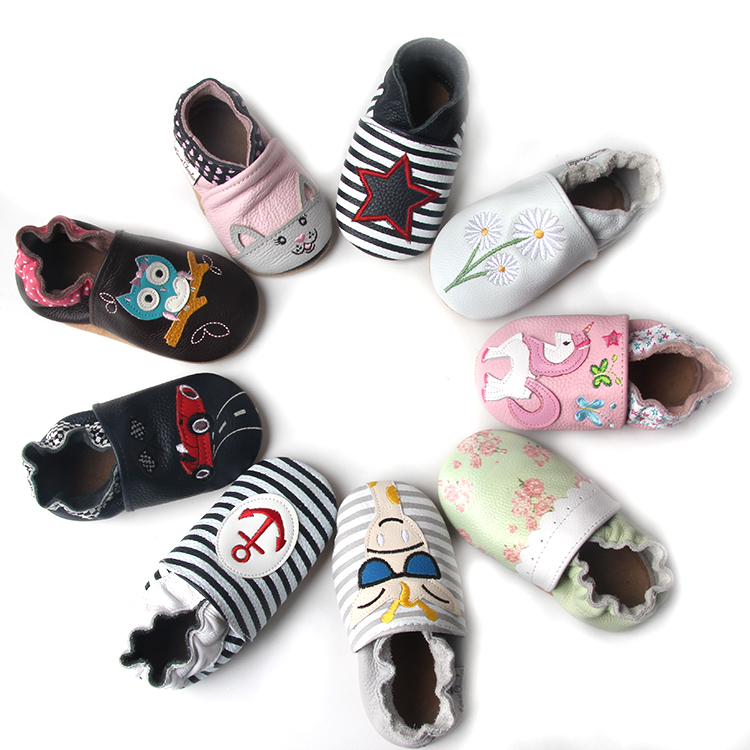The appreciation of the Thai baht has affected the export of Thai garments and other industries
After domestic political tensions eased, the Thai baht gradually strengthened against the U.S. dollar. On September 13, it approached a rate of 30.70 baht per dollar, marking the highest level in 13 years. The recent rapid appreciation of the Thai baht is expected to continue over the next 6 to 12 months, driven by a strong current account surplus and significant inflows of foreign capital into Thai financial markets. Taihua Farmers Research Center predicts that the baht could even reach 30.20 baht per dollar by the end of 2010. However, this rising trend has raised concerns among stakeholders about its potential impact on Thailand’s export competitiveness.
According to Taihua Farmers Research Center, the effects of a stronger baht on different sectors must be analyzed alongside other factors, as market conditions vary across industries. These include export dependency, import reliance, exposure to the U.S. and European markets (where the dollar and euro have weakened significantly against the baht), the level of competition in global markets, supply-demand dynamics, and the strength of international competitors. Notably, major competitors like Vietnam, China, and India have all seen their currencies weaken against the Thai baht. This makes labor-intensive sectors such as textiles, clothing, footwear, leather, and furniture more vulnerable, as they face growing challenges compared to their rivals.
Additionally, the agricultural and food industries, which rely heavily on local raw materials, have also felt some pressure from the baht's appreciation. However, the impact has been somewhat mitigated due to tight supply conditions for certain commodities.
In response to the ongoing strengthening of the baht, Taihua Farmers Research Center recommends that businesses adopt short-term hedging strategies to manage exchange rate and commodity price risks. This includes selecting appropriate currencies for trade transactions and exploring new markets for distribution. In the mid- to long-term, companies should focus on enhancing product quality and increasing value-added offerings to reduce reliance on price competition. From a policy perspective, the government may consider maintaining the current trend of the baht and regional currencies while offering support to businesses—such as reducing operational costs, accelerating infrastructure development, and facilitating the import of capital goods—to help curb the trade deficit and slow down the currency's appreciation.
In some European countries, such as France, Germany, soft leather shoes is proved popular and hot sell there. You can also call it baby slippers or Baby Slip On Shoes. We usually use sheepskin leather or cow leather to make the shoes, which is soft and flexible. You can print or embroidery your favorite pattern on the leather. You can send pantone color to make customization.
Soft Leather Baby Shoes:

soft leather baby shoes,indoor baby shoes,cartoon baby shoes
Shenzhen Baby Happy Industrial Co.,Ltd , https://www.bbabyshoes.com